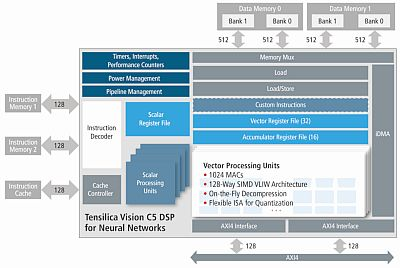

#NEURAL NETWORK RADAR SERIES#
AYANA will work on a large number of data, consisting of very large images, having very varied resolutions and spectral components, and forming time series at frequencies of 1 to 60 Hz. It is currently undergoing a great many changes both from the point of view of the sensors at the spectral level (uncooled IRT, far ultraviolet, etc.) and at the material level (the arrival of nano-technologies or the new generation of "Systems on chips" (SoCs) for example), that from the point of view of the carriers of these sensors: high resolution geostationary satellites Leo-type low-orbiting satellites or mini-satellites and industrial cube-sats in constellation. The aerospace sector is expanding and changing ("New Space"). The AYANA AEx is an interdisciplinary project using knowledge in stochastic modeling, image processing, artificial intelligence, remote sensing and embedded electronics/computing. Water: sea & ocean, lake & riverġ Team members, visitors, external collaborators Research Scientist

Other Research Topics and Application Domains 9.1.5 Leadership within the scientific community.Member of the conference program committees.8.2.1 Visits of international scientists.7.1.1 LiChIE contract with Airbus Defense and Space funded by BPI France.7 Bilateral contracts and grants with industry.6.8 Combining Stochastic geometry and deep learning for small objects detection in remote sensing datasets.6.7 A tube marked point process model for curvilinear structure detection in images.6.6 Feature extraction and tracking of CNN segmentationsįor improved road detection from satellite imagery.6.5 Extraction of curvilinear structure networks in image data using an innovative deep learning approach.6.4 GAN and U-net abilities to automate tectonic fault mapping in remote sensing optical images.6.3 Change detection in multi-temporal remote sensing imagery using statistical and deep learning approaches.6.2 Semantic segmentation of remote sensing images combining hierarchical probabilistic graphical models and deep convolutional neural networks.6.1 Multisensor and multiresolution remote sensing image classification through a causal hierarchical markov framework and decision tree ensembles.3.3 Marked point process models for object detection and tracking in temporal series of high resolution images.3.2 Probabilistic models on graphs and machine learning in remote sensing applied to natural disaster response.3.1 FAULTS R GEMS: Properties of faults, a key to realistic generic earthquake modeling and hazard simulation.1 Team members, visitors, external collaborators.


 0 kommentar(er)
0 kommentar(er)
